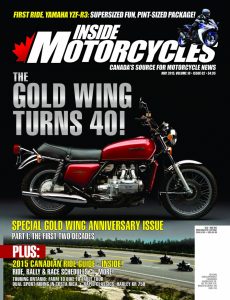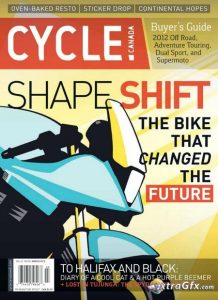 I just finished this year’s Dakar and it always starts the itch. As a bucket list item it’s well beyond my ken, but I still sometimes think about it. The cost is in 1%er territory and a school teacher from Ontario isn’t likely to find support from advertisers that would allow him to compete. But hey, what’s mid-life for if not your last chance to do the impossible? The other day a buddy said, “you don’t want to be sitting around when you’re old wondering what you might have done.” Even an attempt at a Dakar would be special. Finishing one would be a crown jewel in a life well lived.
I just finished this year’s Dakar and it always starts the itch. As a bucket list item it’s well beyond my ken, but I still sometimes think about it. The cost is in 1%er territory and a school teacher from Ontario isn’t likely to find support from advertisers that would allow him to compete. But hey, what’s mid-life for if not your last chance to do the impossible? The other day a buddy said, “you don’t want to be sitting around when you’re old wondering what you might have done.” Even an attempt at a Dakar would be special. Finishing one would be a crown jewel in a life well lived.
 In an interview during Charlie Boorman‘s Race to Dakar, one of the competitors says he does it because it’s two weeks of singularly focusing on one thing, which he found relaxing. Simon Pavey, Charlie’s teammate, said he does it just so he doesn’t have to do dishes for two weeks. I get the angle. Being able to singularly focus on something is a luxury few of us can afford. Life is a series of compromises and multiple demands on our time.
In an interview during Charlie Boorman‘s Race to Dakar, one of the competitors says he does it because it’s two weeks of singularly focusing on one thing, which he found relaxing. Simon Pavey, Charlie’s teammate, said he does it just so he doesn’t have to do dishes for two weeks. I get the angle. Being able to singularly focus on something is a luxury few of us can afford. Life is a series of compromises and multiple demands on our time.
 I’ve been watching The Dakar long enough to not harbor any illusions about winning it or even placing well, but I would certainly hope to finish. Having a Dakar finishers medal puts you in a very small circle of excellence, and toughness. The people who know what it is would have mad respect when they saw it.
I’ve been watching The Dakar long enough to not harbor any illusions about winning it or even placing well, but I would certainly hope to finish. Having a Dakar finishers medal puts you in a very small circle of excellence, and toughness. The people who know what it is would have mad respect when they saw it.
To get there you need to take on the almost religious piety of a professional athlete. I’d give myself two years to get the experience and fitness levels I’d need to give it an honest try. I know I wouldn’t stop unless circumstances stopped me (I’m perverse like that), so it would simply be a matter of preparing as well as I could for it. I turn 48 this spring, so I’d be doing a Dakar in 2019, the year I turn 50. My goal would be to complete a Dakar and document as much of it as I could in the process. From the beginning to the end I’d be making notes that would eventually turn into a book: Mad Dogs & Englishmen: A Middle Aged Man’s Dakar.
 |
| A Zero electrically driven Dakar Rally bike? Yes please! |
Maybe by then there would be an electric motorcycle that could manage the stages with quick battery swaps at the stops. Maybe I should be asking Zero if they’d like to consider a Dakar run. Being the first electric bike to finish a Dakar would be something. Electric cars are getting there now.
Finding sponsorship with companies I already have a relationship with would be a nice way to make this attempt a more personal one. Everybody runs KTMs, Hondas and Yamahas, but I’d love to ride a rally prepped Kawasaki, Triumph or maybe a CCM; all companies who have had an impact on my motorcycling career. Getting some degree of factory and dealer support in that would be fantastic.
 A lot of riders gopro their experiences from within the Dakar itself, but I think it would be cool to get some next level media out of the event. Running a 360 degree camera would be a goal. Having a small, agile, media production crew along who could capture drone footage and support the 360 footage from inside the race could eventually lead to an immersive video of the event that gives some idea of how it feels to be in the Dakar; an everyman’s view of the race. Dreamracer does a good job of this. I’d try to emulate that approach with newer technology. Since not a lot of Canadians participate in the rally, I might be able to drum up local support that other rally riders could not.
A lot of riders gopro their experiences from within the Dakar itself, but I think it would be cool to get some next level media out of the event. Running a 360 degree camera would be a goal. Having a small, agile, media production crew along who could capture drone footage and support the 360 footage from inside the race could eventually lead to an immersive video of the event that gives some idea of how it feels to be in the Dakar; an everyman’s view of the race. Dreamracer does a good job of this. I’d try to emulate that approach with newer technology. Since not a lot of Canadians participate in the rally, I might be able to drum up local support that other rally riders could not.
Deep winter, mid-life dreams about doing something impossible… all I’d need is an opportunity.
LINKS
Where to find your rally kit: Rebel X SportsNeduro
Sample Dakar budget, another sample budget
A 2017 Dakar how-to video series by Manuel Lucchese
What Dakar riders wear article
Dakar advice on putting together an entry:
Before setting off in an active search for sponsors, it is important to define your project clearly by

answering the following questions:
Why am I taking part in the Dakar?
What are my motivations?
What are my objectives?
What are my assets in achieving those objectives?
What sort of crew do I want to set up?
What resources do I need to achieve this?
It is important to detail the various cost items in order to have a clear idea of your expenses (Vehicle preparation – Registration – Trip – Visas and passports – assistance vehicle(s) – mechanics registrations…) After this stage, you must have answers to the following four questions:
What is my budget?
How should I present it to my potential partners/sponsors?
What are my available funds?
How much should I ask for from my potential sponsors?
Your potential sponsors must be targeted : better to count on your relational, personal, professional or regional fabric rather than “major sponsors” who may be less inclined to support you. Make a list of your potential partners and characterise them:
What do they do?
Why would they be likely to help me?
What specific arguments should I put forward?
What funds do they have available?
Which companies should I see as a priority?
“Do not make mistakes in what you say or who you target”. There is no point in talking about your potential sporting achievements if you are taking part in your first Dakar! Your aim is to finish, not to be placed! So, assess what you say and in particular your media exposure: amateurs will be the subject of one-off reports, they are frequently mentioned in the local and regional media but do not promise the TV news or a daily sports newspaper!
Prepare a personalised dossier to present your project. This presentation must be clear, concise, persuasive and imaginative; it must make them dream of the rally but also convince them of your personal qualities.
You need to highlight your special features, your motivation :
What is original about your entry?
Why are you passionate about motor sports (and cross country rallies in particular)?
What previous experience do you have?
Consider presenting your sporting profile: draw inspiration from statistics on Dakar 2015. Put yourself into the rally: in terms of age, type of vehicle, number of entries, status (professional or amateur). Stress your nationality and your region! Identify potential media spin-off: media statistics can help you identify press, radio or even TV spin-off in your region.
Regional media are frequently looking for a potted history of amateur competitors; so do not hesitate to contact them and suggest an interview, your potential sponsors will only be more impressed!
Present your arguments to justify sponsorship:
To give out a good image of the company at local, regional or national level thanks to media spin-off. The company’s name (and/or one of its brands) is associated with your entry and the adventure of the rally.
To change or strengthen the company’s image internally. To advertise the company’s main values, the directors can use event sponsorship to motivate employees and/or associate the company with values such as courage, surpassing oneself, competition, human adventure,… which characterise the Dakar.
To build a relationship with their suppliers/customers. Sponsorship may be a way for one of your suppliers/customers to build strong links before or after the conclusion of a partnership.
To involve your sponsors indirectly in the adventure. The Dakar is a mythical trial in which everyone who is interested in motor or extreme sports will want to take part one day… These fans, potential sponsors, will be all the more inclined to help you in this challenge if they can live the adventure by proxy.
To enable the partner company to enjoy tax relief. Depending on the country, sponsorship offers tax breaks. Consider putting forward a small sales pitch to demonstrate these tax breaks according to the legislation in your country.
Highlight the benefits of financial support or support in kind :
Visibility of their brand/company name on your vehicle, your clothing, your helmet, your Leatt-Brace, your trunk, your assistance vehicles…
A free trip on a rest day or on arrival: for the most generous sponsors, a day at the rally is a weighty argument for those who want to taste the atmosphere of the Dakar!
Event organisation: exhibiting the vehicle before or after the rally, or a photo exhibition…
Finally, do not forget to…
Keep them up to date with your exploits during/after the rally (sell IRITRACK!)
Give them a DVD collection of Dakar articles, or a detailed press review, or a photo album to thank them.
from Blogger http://ift.tt/2jjI8Th
via IFTTT
The road to Roosevelt is something else. I skipped it in the Nissan rental car, but on two wheels it might be reason enough to live in Phoenix. It’s about 80kms of serious switchbacks through breathtaking high desert, except it’s a dirt road! All my day dreaming about riding switchbacks of smooth Arizona tarmac aren’t happening unless I go the long way around and stay on paved roads.


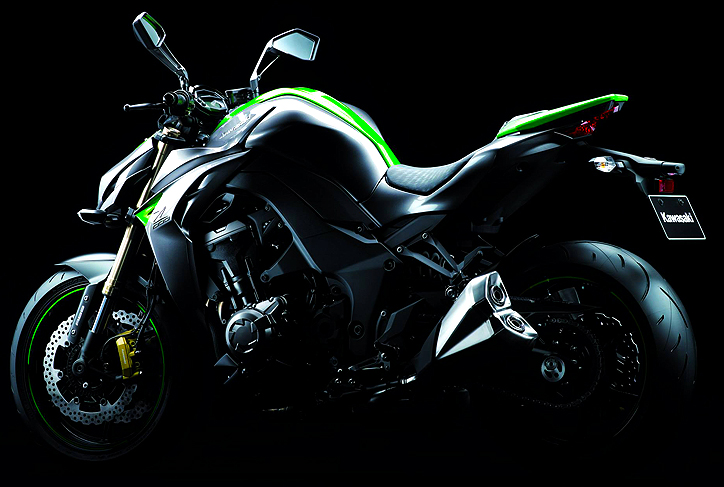





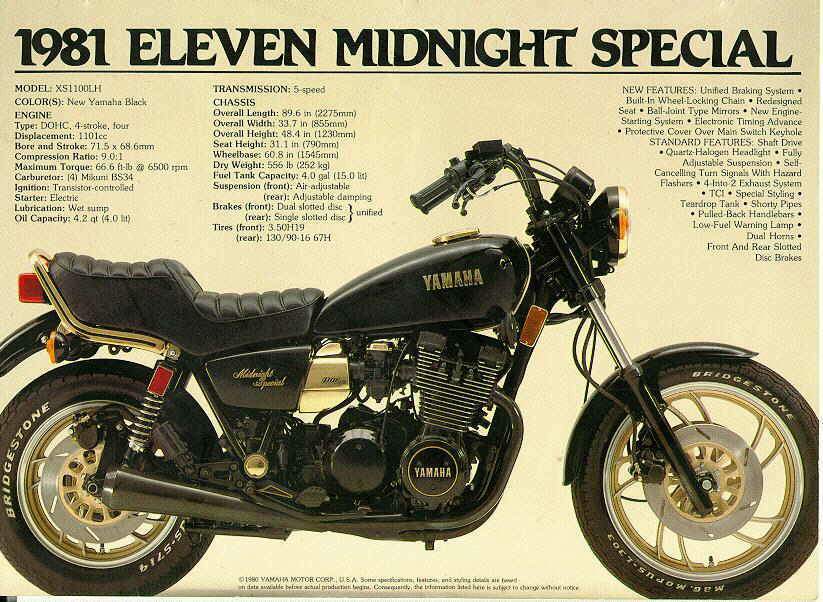





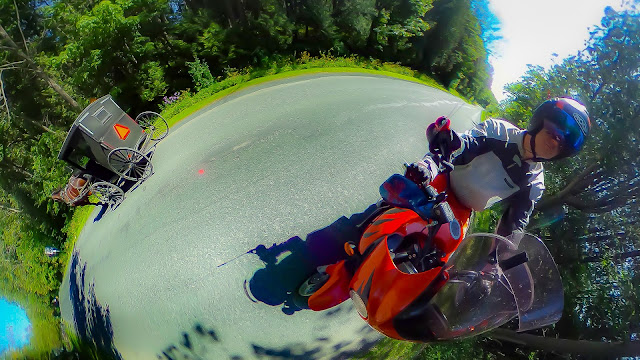
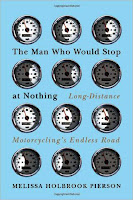





.jpg)
